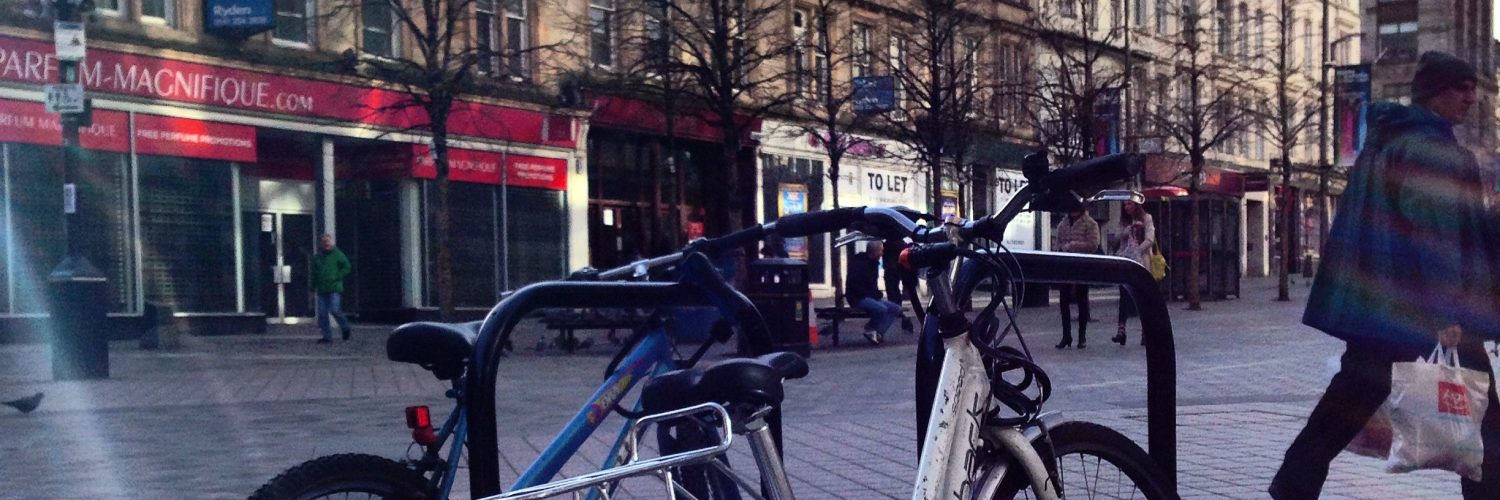Urban Spectator
Post de Eric Gordon no seu blog The Place of Social Media (reflexões que sairão em próximo livro) reforça o que venho escrevendo nesse Carnet e em últimos artigos: a relação entre as tecnologias móveis e processos enraizados na dimensão do lugar, do aqui e do agora. A dimensão social, a relação com o espaço, a pregnância do lugar, a busca por localização e contato, todas essas características colocam objetos e processos digitais em relação direta com as práticas sociais e comunicacionais nas cidades contemporâneas. Os novos artefatos e processos fazem parte do ambiente, estão localizado e ao serviço da localização.
Vejam trechos do post:
“On the corner of 34th Street and Fifth Avenue in Manhattan, there are dozens of people looking at little screens, typing on little keyboards, with plugs extending from their ears. Each of these people is having a different experience, customized through their personal media. The college student with his iPod selects his music to correspond with the weather and time of day; the businessman types an address into his GPS-enabled phone to find his next meeting; and the tourist stares through her mobile phone camera to capture the Empire State Building in the distance. Mediated by little devices, these people are shaping their experiences of the city. Nicholas Negroponte (1995) famously noted that the world of atoms (our bodies) would no longer need to correspond to the world of bits (data) – that physical proximity would cease to be necessary for public life. But as we can see on that street corner, the world of atoms and the world of bits come together in the city. There is little distinction between the practices of everyday life, and the technologies that enable those practices. The soundtrack, the map, the photograph: these artifacts of the everyday, are constructive of environments. The practices one adopts to navigate and comprehend any space can never be seen as separate from that space.
New communication technologies complicate accepted notions of urban life, including the nature and scope of public interactions and the corresponding design of the built environment. Can one truly be engaged in public space if they are looking through a viewfinder or tapping sweet nothings with their thumbs on tiny keyboards? Can the city, as an entity, continue to matter when digital networks enable public gathering without requiring the public to gather in physical space? The answer to all of these questions is a resounding ‘yes.’ The modern American city has never been bereft of these complications – from the hand held camera at the end of the nineteenth century to the mobile phone at the end of the twentieth, the city has always been a mediated construct. The city enters into the cultural imaginary as a hodgepodge of disconnected signifiers, often organized by the technologies that produce them. When Kodak introduced its hand camera in 1888, it provided a tool for people to record and retain experiences through visual reproduction. Photographers produced images and, even more importantly, possessed them and organized them to manage their memories. Likewise, when Google introduced its mapping software in 2004, it enabled people to record and retain experiences by marking places on a map, keeping notes and connecting images. Google Maps has been implemented as both a wayfinding tool and a personal organizing tool; through its simple interface, it serves to manage an individual’s understanding of space. Communication technologies certainly produce new information about the world; but they also have the facility to organize that information through the literal or metaphorical storage capacity of photo albums or archives. They provide the spectator the unique opportunity to at once experience space and possess its traces.(…)”
